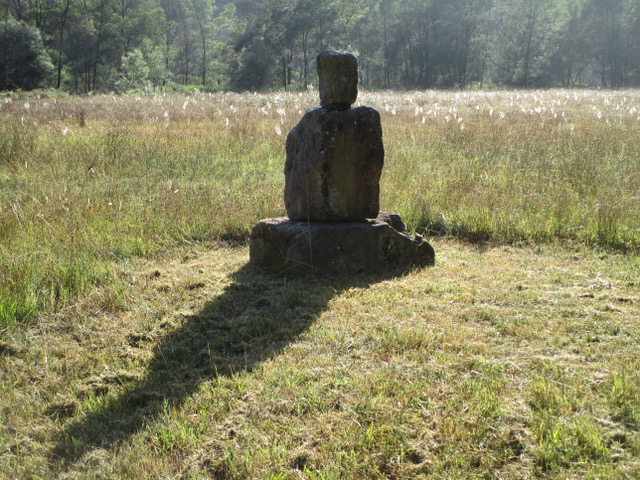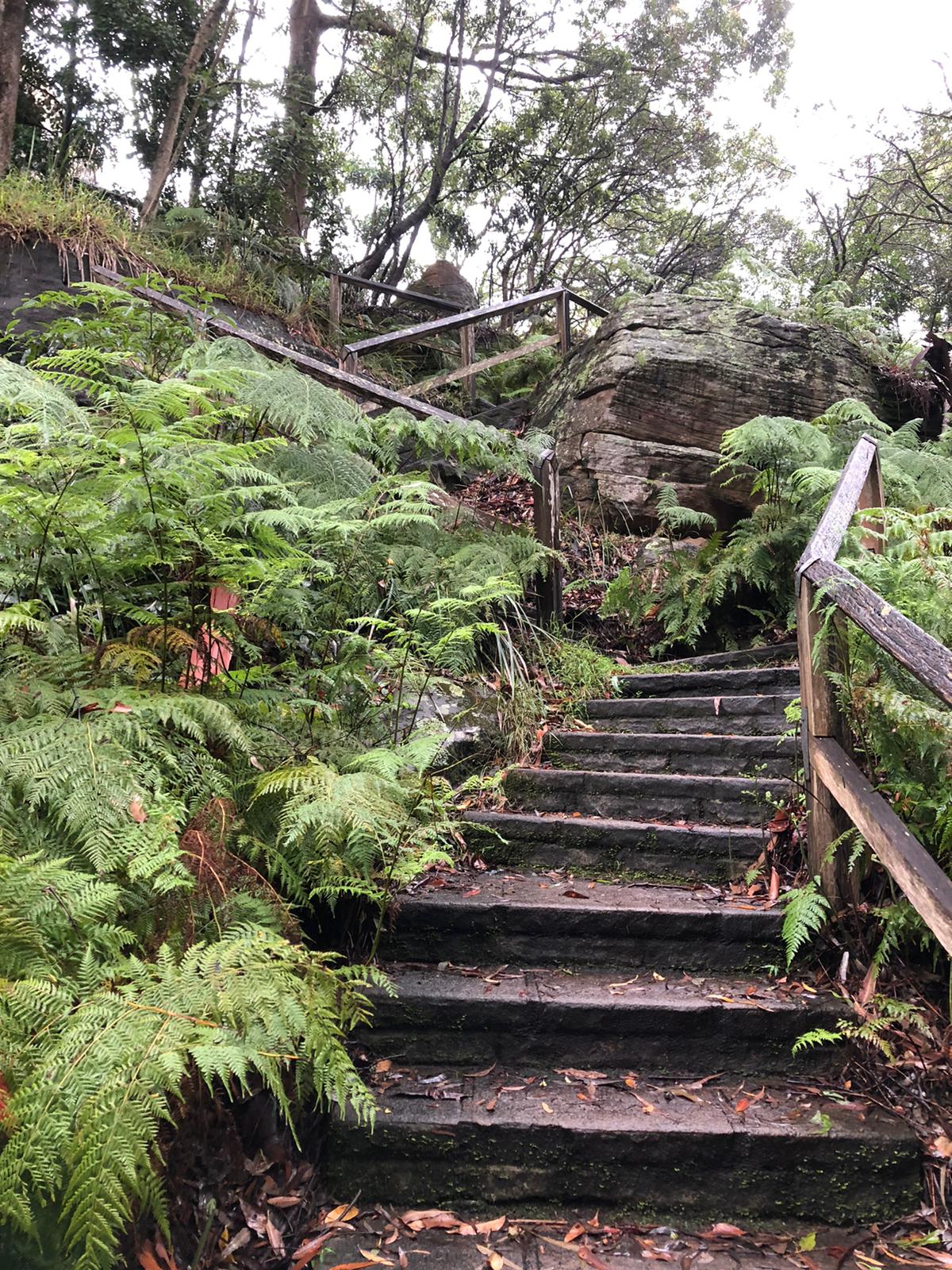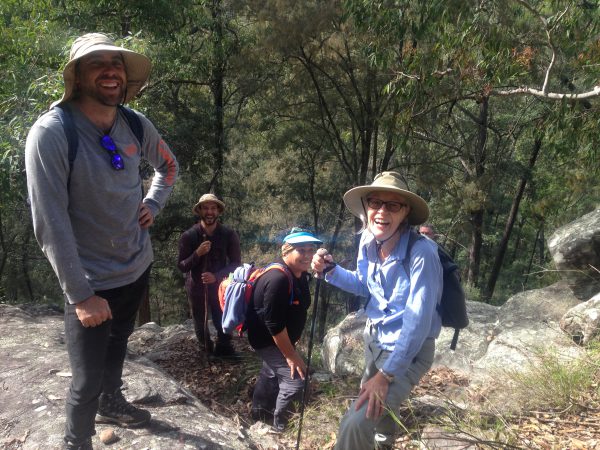This very mind is Buddha
Ta-mei asked Ma-tsu, “What is Buddha?” Ma-tsu said, “This very mind is Buddha.” In this talk, Peter takes up the well-known case 30 of the Mumonkan. Shibayama Roshi said that “This very mind is Buddha’ is a very important philosophical saying which concisely depicts the essence of zen” yet any philosophical expositions on “This very mind is Buddha”, whether from Ma-tsu, Bodhidharma or








